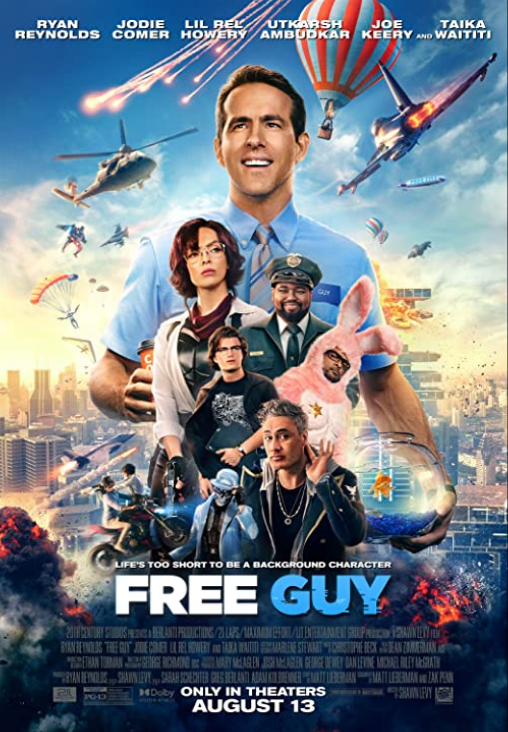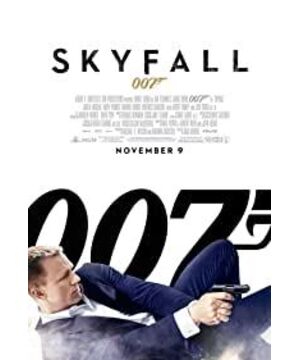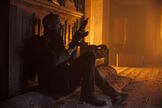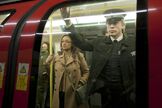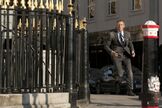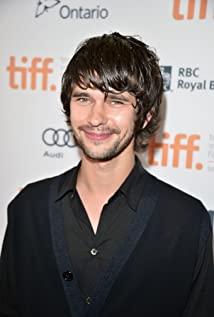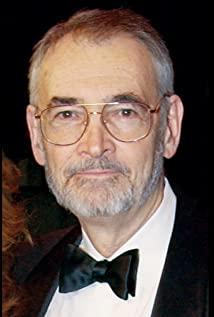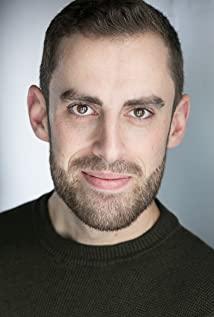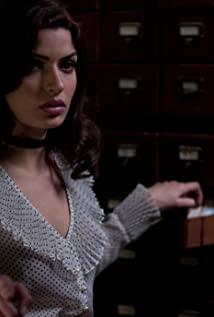The filming time was originally scheduled to be 133 days, but it actually took 128 days. The filming was officially started in London in July 2011. The filming was carried out by Roger Diggins using the Allais Alexa camera system, mainly at London Underground Station and West Smithfield. The underground parking lot on Main Street, Southwark National Gallery, Whitehall, Parliament Square, Charing Cross Metro Station, the Old Royal Naval Academy in Greenwich, Cadogan Square and Tower Hill. The underground headquarters of MI6 is St. Bartholomew's Hospital, and its training ground is the Old Vic Tunnel under Waterloo Station. The meeting between Q and Bond was filmed when the museum was closed at night. At the end of the film, Bond stands on the roof of the office building of the Ministry of Energy and Climate Change. In order to film the explosion scene of MI6 headquarters, traffic control was implemented at the junction of Vauxhall Bridge and Milbank District. Unlike the Black Sun Crisis, where explosion shots are made through large-scale architectural replicas, the explosions in the film are added later. The ending film was originally scheduled to be filmed at Dengchu Castle, but it was cancelled without planning after the filming started and was replaced by Glencoe Heights, Scotland. Bond's ancestral home in Scotland, Tianmu Manor, is a three-dimensional architectural model constructed of plywood and plaster.
The film crew moved to Turkey in March 2012 until May 6. The original plan was to shoot there for three months. The scene of the outskirts of Istanbul in the film was taken in Adana. While rehearsing the fighting scene on the top of the train, a group of local children sneaked into the special railway line used for filming and was captured by security. The trailer for the movie train scene also featured the Varda Viaduct, where Bond's stand-in Andy Lester fell into the water with his back 300 feet above the ground. In addition, the crane on the train in the film is tied with a safety rope. Some of the sights that appeared in Istanbul also included: Spice Bazaar, New Mosque, Turkish General Post Office, Constantinople Arena and Grand Bazaar that stopped welcoming guests due to filming, all of which were completed in April. Merchants in these areas can open their doors but are not allowed to do business, and they will receive a compensation of 750 lire (that is, US$418) a day. The motorcycle roof chase scene exposed the film crew to criticism for suspected damage to ancient buildings. However, Michael Wilson denied these claims. He stated that some people had been sent to remove part of the roof and replaced it with a copy before the shooting began. The original appearance would be restored after the shooting. After obtaining the permission of the owner, the film crew also shot 613 films on the Kalisi Beach in Fethiye.
The director Mendes confirmed that Shanghai and other places will appear in the film. John Logan said that the film crew deliberately found a different and exotic location from London, which made Bond appear uncomfortably. In fact, there are many scenes that are not shot in Shanghai. For example, the rooftop swimming pool is the Virgin Active Swimming Pool in Canary Wharf, and the building Bond entered is the fourth tallest building in London, the Broadgate Tower, which is dressed up as a tower by external lighting. Office building. In order to shoot aerial footage, the crew rarely received a loan from the Chinese government for shooting with a helicopter. The interior of the Golden Dragon Casino in Macau where Bond encountered the villain Silva was built at Pinewood Studios, while the Shanghai Pudong International Airport was set up at the Ascot Racecourse. In the first movie stills released on February 1, 2012, Craig was entertaining in a skyscraper built by Pinewood Studios in Shanghai.
The film was later converted to IMAX format for screening in giant screen theaters. Diggins originally didn't know that the film would be released in IMAX format, until he later decided to shoot with Allais Alexa camera. In the picture experiment, the imperfect display of color makes it unpleasant. After further discussing the IMAX system and learning about IMAX's dedicated digital media restoration technology, Diggins discovered that he did not use this function for testing, thereby quelling his suspicions about the format.
